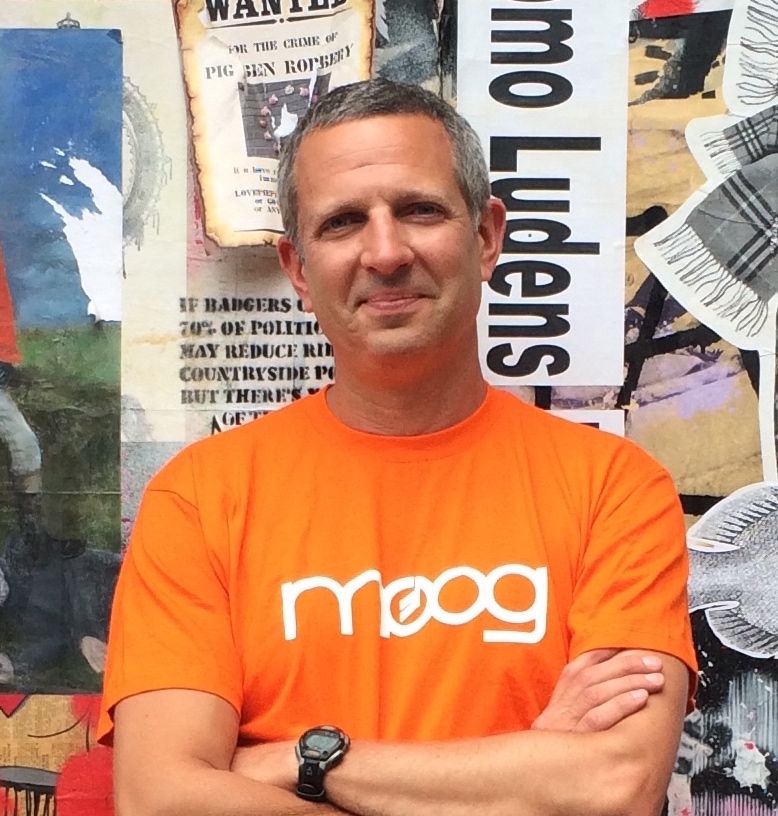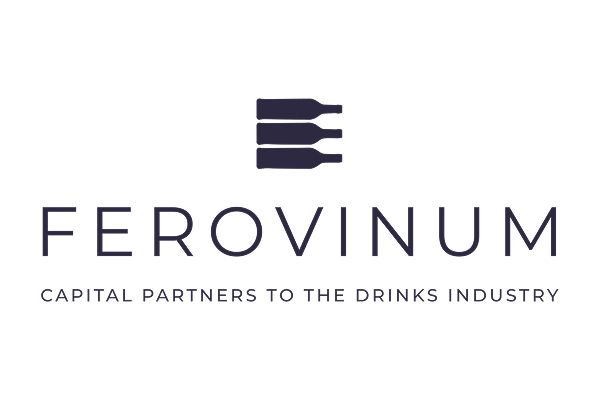Tim Wildman MW has set up Winetutor.tv to give wine education students the know-how, the practical support and the inside line on how to get through the Masters of Wine programme.
After years working across many channels of the wine trade, including leading wine supplier Les Cave de Pyrene, Tim Wildman MW believes he has found his real vocation in life. As a trainer, mentor and hopefully a guide for the next generation of Masters of Wine who are looking for, at the very least, a path, or a direction to follow in their research and studying.
Now clearly he can only build a path for others to follow and is not claiming to have any secret formula or guarantee of success, but instead he knows the kind of questions that will come up, the sort of information you need to know and then, vitally, how to deliver it in the actual MW exam.
So if you are studying for the MW yourself, or any of the higher wine education programmes, then here we set out his insights in to the type of training you need. We also talk to him about his new Winetutor.tv free wine training subscription service, set up with videomaker, Johnny Mindlin of Green-Shoot, which is slowly building up to what will be 150 films that give MW students the tools to potentially the exam. The rest is up to you.
What is the idea behind winetutor.tv?
The elephant in the room when it comes to the Masters of Wine exam is the notoriously low pass rate, which sits at around 10%. Despite laudable initiatives by the Institute of Masters of Wine themselves in recent years to improve this, the pass rate hasn’t moved for decades, and it’s simply not good enough to say we can’t do anything about it. It makes the qualification appear unobtainable and exclusive, which is simply not the case.
We felt there was a large gap between where the IMW Education Program ends and the needs of today’s MW students start. Although we adhere to the Institute’s guiding principal that the exam remains self-study, there’s a huge amount that can be done to advise, guide and orientate students and to help them get closer to their goal of passing, and that’s the big white space we’re occupying with WineTutor.tv.
How do you structure the films and decide on the topics to cover?
The first and most important thing to say is that the content is 100% free to view, by anyone, whether you’re an MW student or a member of the public. All you have to do is register, set up a password and log in, all of which takes less than a minute.
From the outset we designed WineTutor.tv to be a modern, web 2.0 based, social media savvy, educational platform, so the content is 100% video based and responsive, which means you can watch on your phone, tablet or computer.
The website has two main sections, Exam Technique and Syllabus. The videos in Exam Technique are a distillation of my years of teaching private MW classes, as well as the best tips and techniques from fellow MWs and students, all conveyed in short, bite-sized five to six minute videos, that cover both the essay (Theory) and tasting (Practical) parts of the exam.
The Syllabus films will cover all the topics in the entire MW Syllabus, eventually building to 150 films. We’ve recently added a third section we’re calling Regional Reports, which allows us to examine the world’s wine regions in the detail appropriate for MW students. We’ve just posted the first one on Champagne, a 40 minute film which features interviews with leading industry figures as we get down and geeky exploring topics such as climate change, the low dosage trend and the largely unknown Maillard Reaction.
Who are they aimed at? Do you have to be at MW student level?
The film’s are definitely designed for the needs of MW students, but there’s a lot to offer WSET and MS students as well, who’ve been signing up in droves. We’ve also been taken aback by the hundreds of members of the public who’ve signed up. I think they want to get an insiders view into the dark arts of what it takes to be an MW student. Many of the films, such as how to taste using the Two Glass Technique, are equally applicable to interested consumers as to MW students.
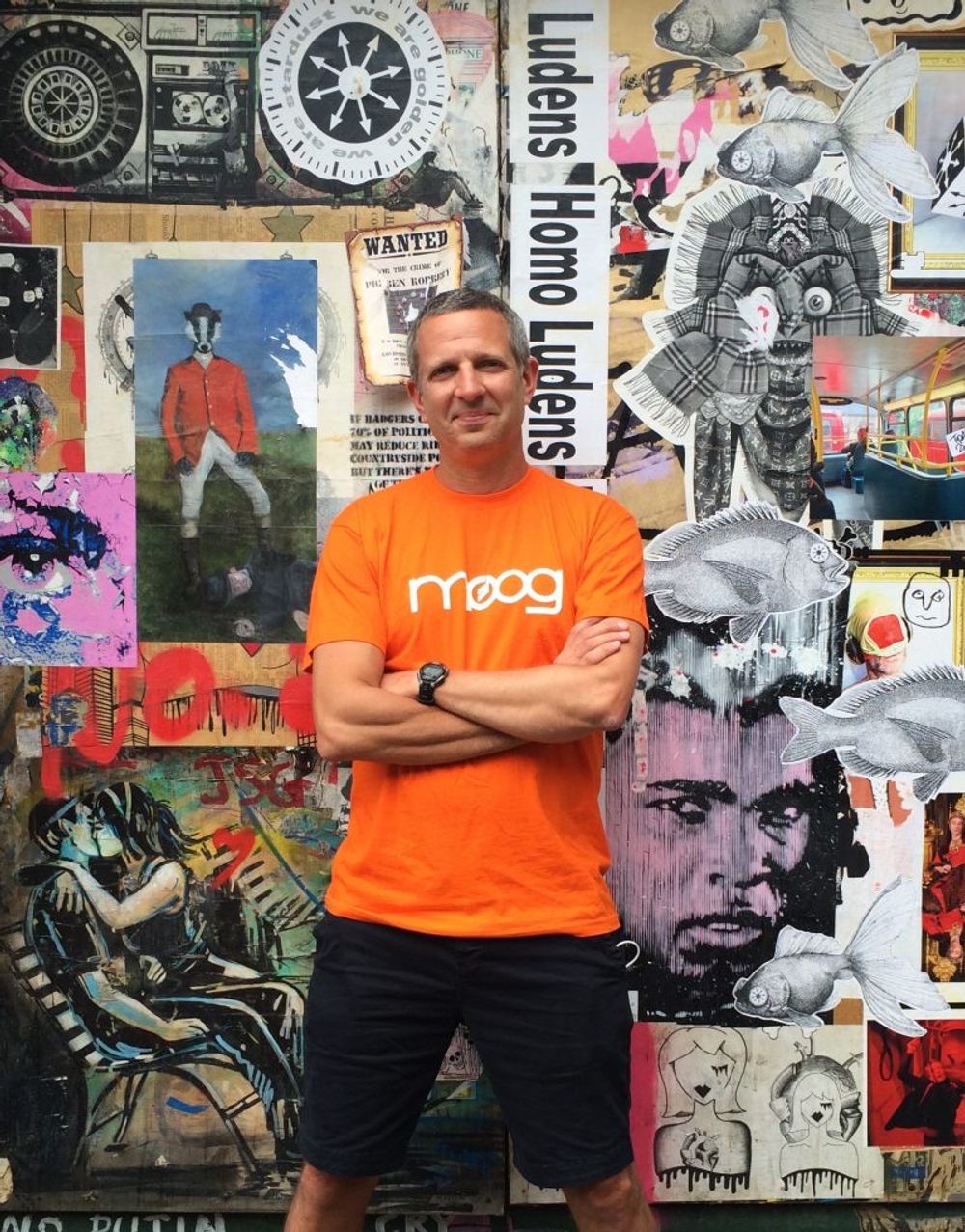
What inspired you to do set up Winetutor.tv?
I’ve been running private MW classes for years, and I’ve seen the demand grow from an increasingly global community of students. I met my business partner Johnny Mindlin as his company, Green-Shoot, does the filming for the IMW events in London. Johnny started off by filming some of my private classes, then over a few beers we realised that we both shared a vision about how higher level wine education could be filmed, but that nobody was doing it. So the concept of WineTutor.tv. was born.
What sort of tone are you trying to achieve?
The tone is crucial to us, and really defines the WineTutor.tv brand. Despite the content being super geeky we wanted to make the films as fun, energetic and as eye catching as possible. Just because the content is serious doesn’t give you an excuse to be boring, viewers wants to be educated and entertained.
The danger with trying to be “fun” is coming across as a wine clown, and we wanted to steer well away from that style of swirling, sniffing, wine presenter buffoonery you see on TV. Instead we used YouTube channels such as Vsauce as our inspiration, where complex scientific concepts are presented with high energy and engaging visuals but with a straight bat and without patronising the audience.
This led us to include elements such as unusual shooting locations combined with studio white board animation. As an example, for the film called The Art of the Introduction we shot on Berwick Street in Soho, which is on the cover of Oasis’s Whats The Story album. We filmed a single unbroken tracking shot that mimicked Javier Bardem’s entrance in Skyfall, as I appear through the crowds walking towards the camera delivering a monologue. And we did it in one take!
So we try and add layers of meaning and cultural references, and have a lot of fun at the same time, which we hope comes across to the viewer.
Any examples of how you approach certain topics?
There’s a wine tasting technique employed in the MW tasting exam called funnelling. It can be pretty complex, but we made a film to explain it using the analogy of identifying cities through major landmarks, which gave us the excuse to sail down the Thames filming in front of the Eye, Big Ben and the Houses of Parliament. With some trick photography we even replaced the Shard with the Eiffel Tower, which was pretty cool.
What do you think about quality of wine education in the trade? What could be better?
At it’s heart wine education in this country is confused. I loved a recent quote by Neal Martin when he said that 99% of people don’t care about wine and 1% care too much, he’s spot on. You should only try to educate once you’ve got an engaged consumer’s full buy-in. Everything up to that point should be marketing and entertainment.
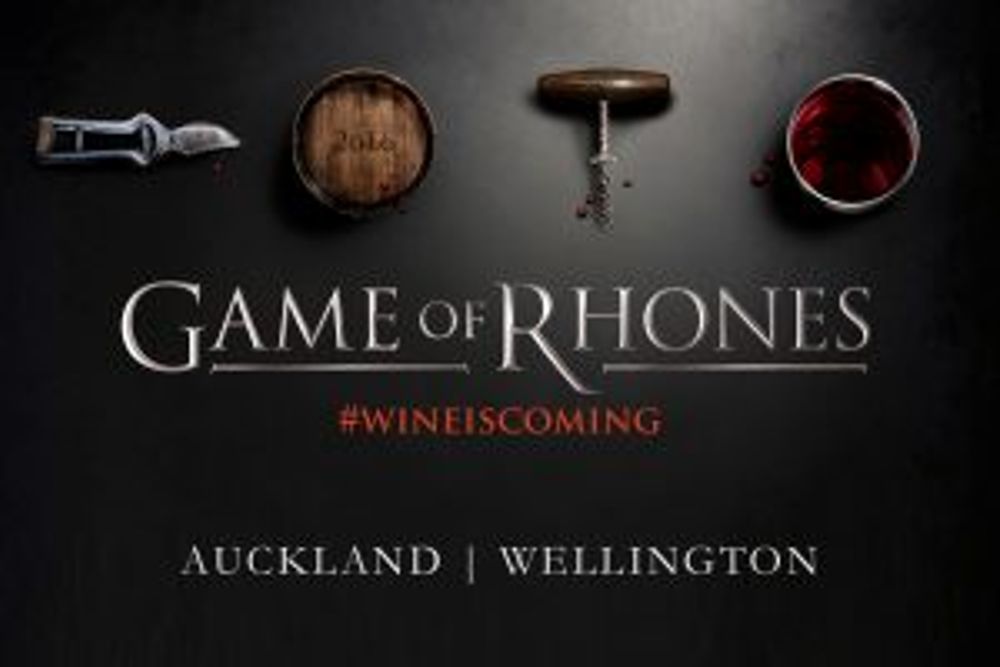
At the consumer level it’s done much better in Australia. A national road show has just finished called Game of Rhones where winemakers dress up in Medieval Game of Thrones style costumers and pour Shiraz, Grenache and white Rhone blends. Punters love it, and so do the winemakers.
What are challenges you have come across setting up Winetutor.tv?
Myself and my business partner Johnny Mindlin have invested the last two years of our time and money to get the project off the ground. That’s quite an investment in itself! Our challenge now is getting sponsorship partners on board to fund the project going forward. We’re offering wine companies the pre-roll advertising space to include not only an advert but a “call to action” to MW students to help them with their studies.
It’s an incredible opportunity for companies to engage and assist this highly influential audience, but the challenge is getting large companies to “think small” and step up to the challenge of a personalised, two-way conversation with a demanding audience.
What are your hopes for Winetutor.tv down the line?
Our aim is to complete filming the 150 films over the next five years. We’ve already made thirty films, so we’re well on our way. Once complete this will equate to over 15 hours of film, more than all the Star Wars films put together! At the same time we’re seeing our audience increase exponentially, so this will be an incredible asset to both MW students and our sponsorship partners. We feel the Force is strong with this project!
You also run your own Master of Wine and wine buyer study tour programme to Australia under your brand name, James Busby Travel. How did that come about and how does it work?
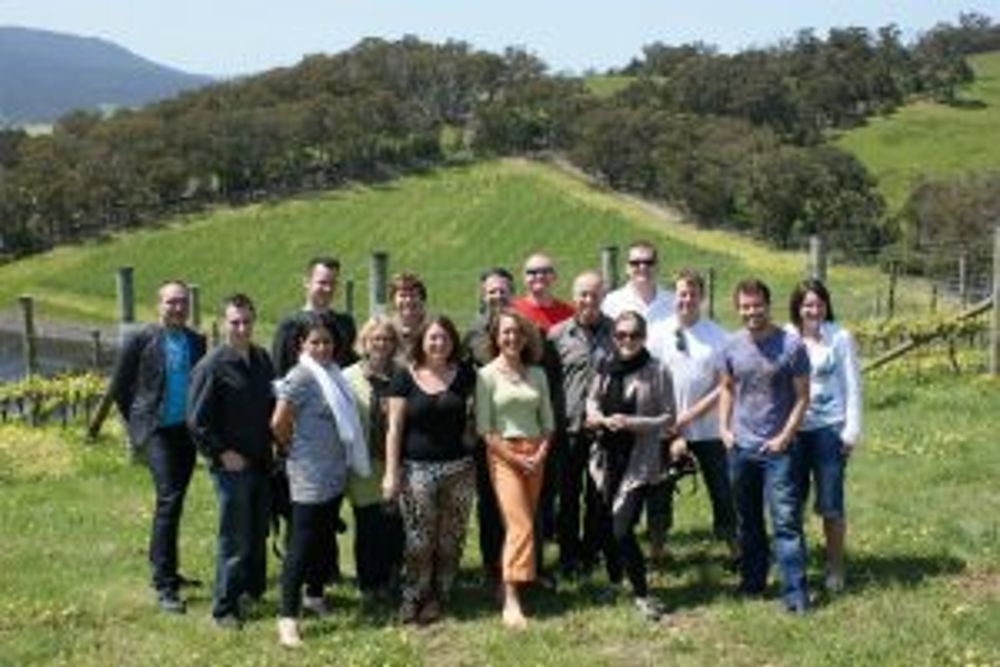
The first group of buyers and MW students on a James Busby Travel trip
I set up James Busby Travel in 2010, off the back of my MW Dissertation which identified a need to refresh the image of Australian wine and sell it to a new generation of sommeliers and buyers. I won’t lie, the first few years were tough going, always the way when you’re breaking new ground.
Now after seven years it’s a runaway train; I’ve a waiting list of over a hundred buyers from all around the world who want to go on the trips, as well as wineries who want to be involved. I could run a dozen trips a year if I wanted to, but I’ll keep it to just the one for now. Just recently I was officially approached by the board of Wine Australia to discuss opportunities to work together, which for me is a resounding validation of the business model and the trust and support of the wineries who’ve been involved in project since the start.
You are making your wine? Explain how that came about and type of wine you making?
Ha ha, yes, the wine! I was in McLaren Vale over Christmas 2013 and joked to some friends that making wine wasn’t so hard, and that was it, I’d shot my mouth off. That year I got a tonne of Grenache and made a pink pétillant naturel, doubled it last year and doubled again this year.
I’ve now got 4,000 bottles sitting in a warehouse quietly fermenting away (under his Astro Bunny and Dark Side labels) so it’s become a little business. After years of learning and teaching about wine I was amazed at how easy it was to actually make the stuff despite having no formal training. It’s been incredibly satisfying to do and I’ve learnt heaps, both about wine and myself.
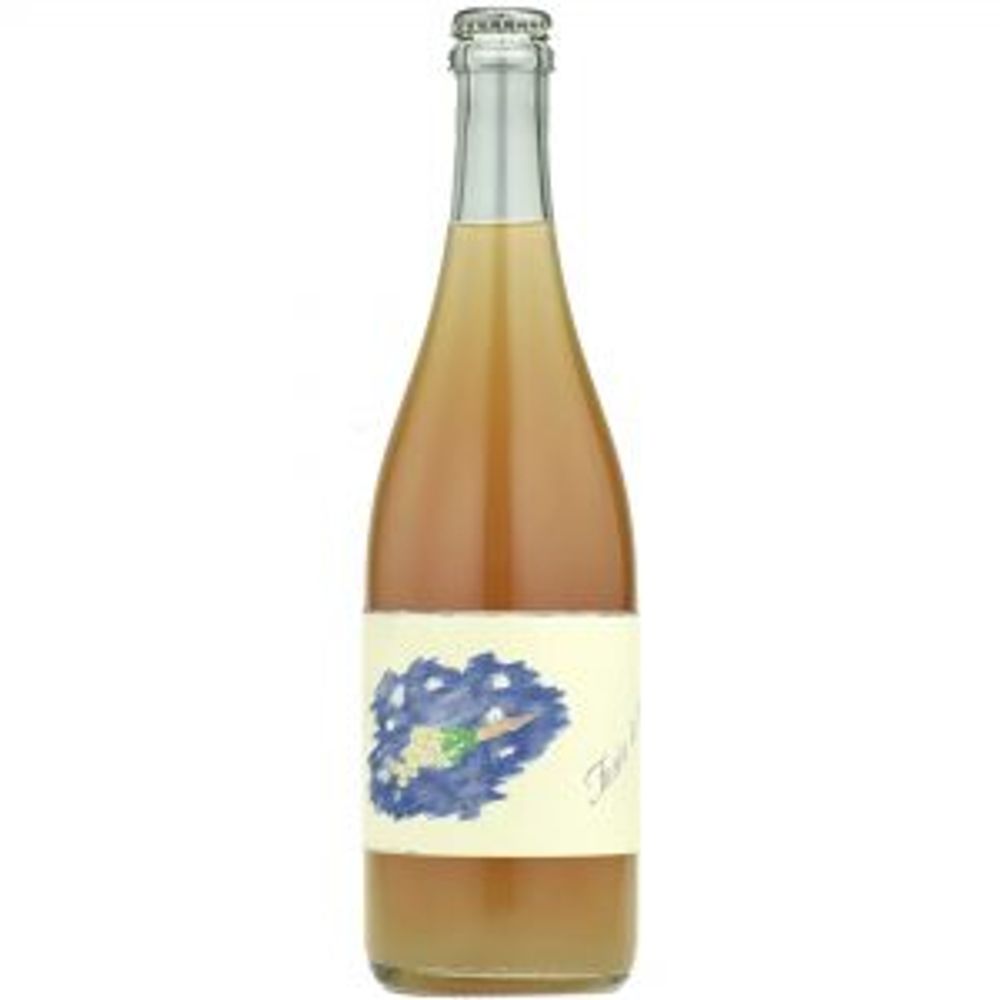
Working on a micro scale I felt obliged to make something wildly experimental, as well as something I love to drink myself, hence the choice to make pet-nat. When I started back in vintage 2014 there were perhaps half a dozen guys making pet-nat in Australia, now maybe there’s double that, and I’m probably the largest producer, so go figure.
I buy my fruit from Ricca Terra Farms who are one of the founders of a new grower initiative in South Australia’s Riverland called The 100th Monkey Vignerons. They’re all about climate appropriate varieties, organics, self-determination and sustainability, which as a micro producer like me is fantastic because I feel like I’m part of a larger community.
A pallet of my 2015s will be arriving in the UK this August, it’s pretty much all pre-sold already and stockist details will be on the websitewww.pet-nat.com
How is the wine scene in Australia? Are there things the UK can learn from what is going on in its wine bars, restaurants and wine merchants?
Australia’s grocery retail sector is dominated by a duopoly, not great for the consumer, terrible for suppliers, and squeezes the independent trade. On-trade is much more exciting, with a young generation of sommeliers and chefs willing to take risks.
This is where the new wave of young Aussie winemakers are being supported, and the scene is really exploding, right across the country, but with the epicentre probably being the natural wine makers of Adelaide Hills Basket range, a number of whom are opening their own wine bar cellar doors.
There’s a trend of small, owner operated wine bars, particularly in Sydney and Adelaide, where the owner is always there behind the counter to encourage customers to try new things. I think this is partially why Sager & Wilde has done so well in what would have been considered a saturated market in London.
Don’t underestimate the power of having an enthusiastic owner pouring the drinks. It’s old school but it works.
If you are looking for any more information then check out the following sites:
- Note: this is an extended version of an interview initially carried out for Grapevine for the London Wine Fair.
